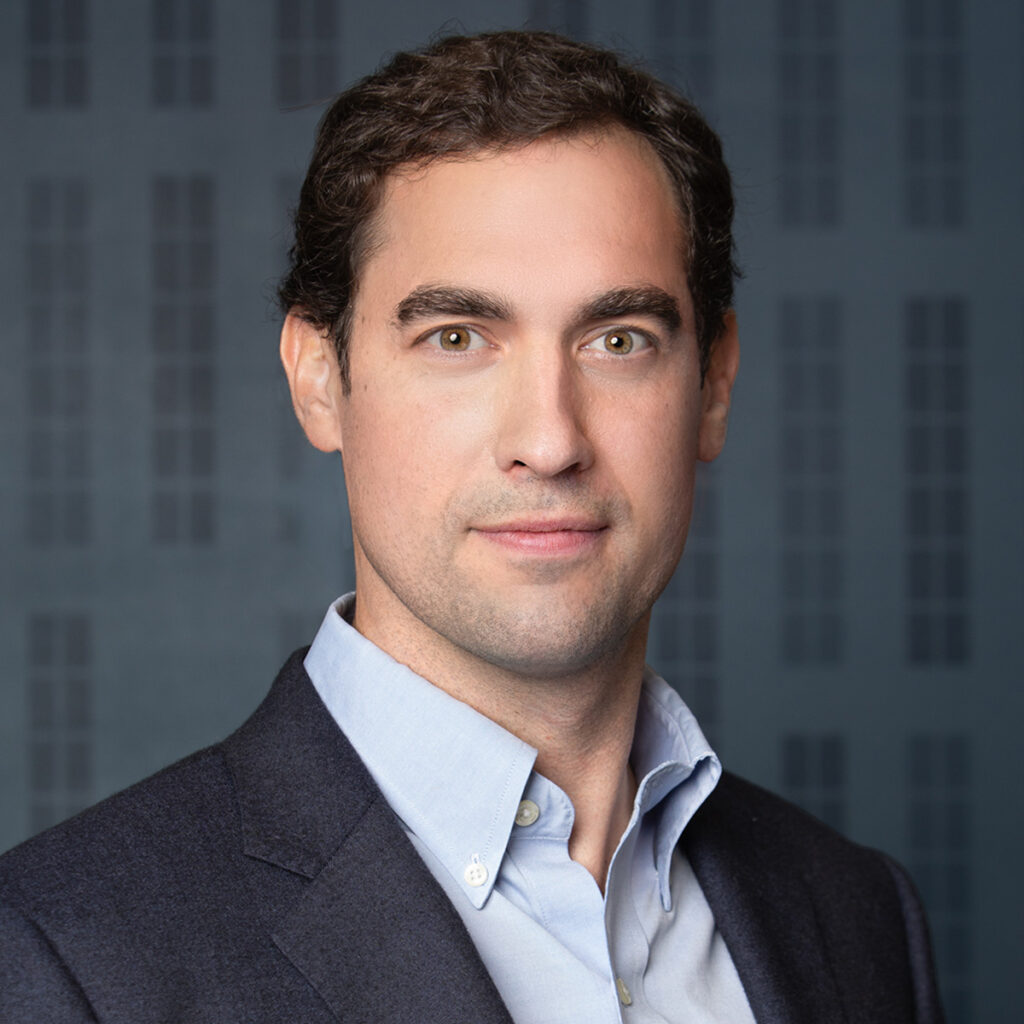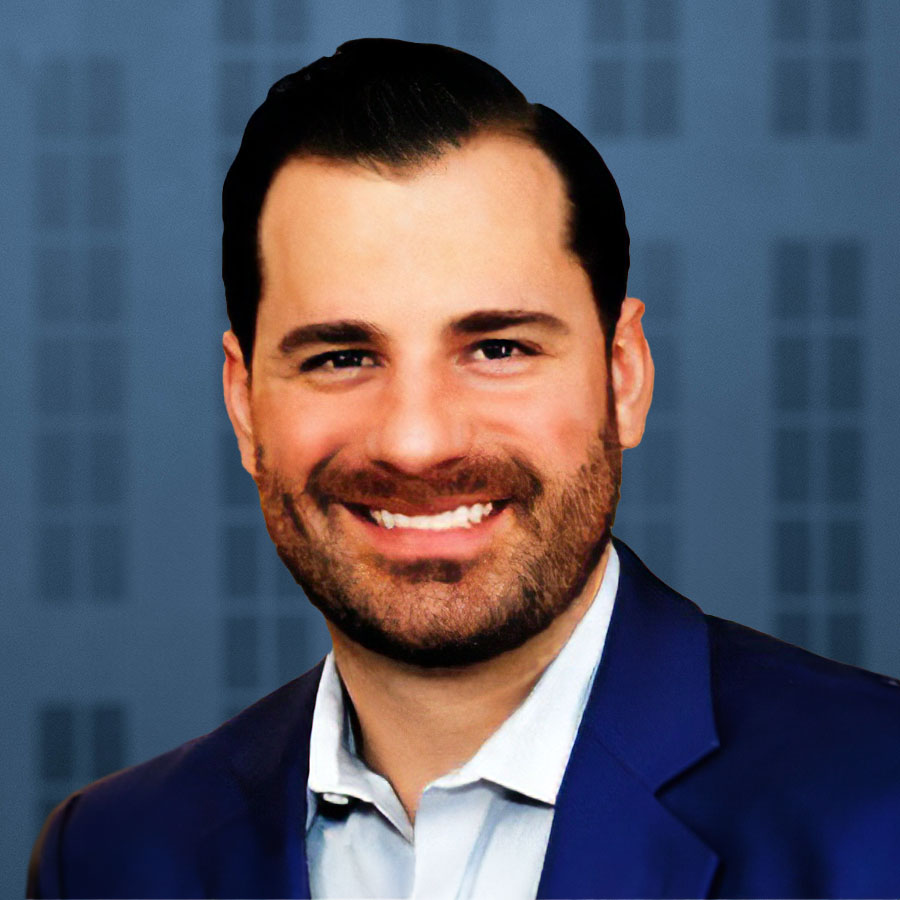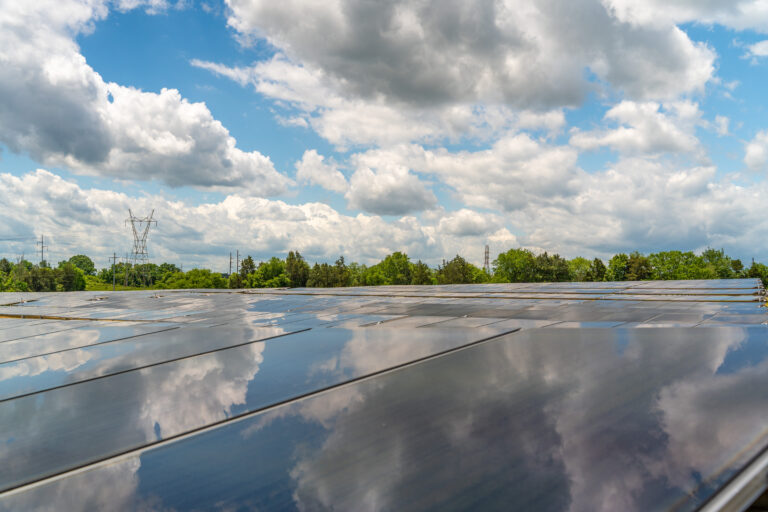
Our Mission
To bring communities across the country low-cost, renewable energy, economic development, jobs, carbon solutions, and partnerships they can count on for the life of their solar projects.
Our Core Values
- We believe communities deserve reliable, cost-effective CHOICES for their source of power.
- We believe solar energy projects—when developed responsibly—create enduring, long-term value and deliver a meaningful legacy to their communities.
- We believe our employees can make a difference in the communities we serve.
- We believe in the power of collaborative partnerships.
- We believe we are only successful when our partners are successful.
- We require honesty and integrity in everything we do.
- We listen, learn, and respond.
- We do what we say we will do.
- We believe in square corners.
- We choose the right path over the easier path to get the job done.
Silicon Ranch is more than a solar energy company
We Are Neighbors
We seek to bring value to each community where we do business. We work to understand—and create solutions that embody—the values that our neighbors hold dear. We understand that our responsibilities do not end at our fence-lines.
We Are Stewards
We recognize the trust that communities place in us to care for their land and to protect their natural resources. We make significant investments to care for the land, water, wildlife, and communities with which we are entrusted. We are long-term partners. When we develop a project, we embrace our responsibility to make things better than we found them.
We Are Pioneers
Silicon Ranch pioneered the utility-scale solar market in our home region in the Southeast, and we continue to expand this pioneering legacy in our commitment to make solar do more. We’re not afraid to do things differently. Learning and innovating on behalf of–and with–our communities, customers, and partners is how we move the industry forward.
Our Solutions
Renewable energy solutions
Learn how we make low-cost, renewable energy a reality for a diverse set of customers across North America.
Making solar do more®
See how we restore soil health, biodiversity, water quality, and habitat at our project locations.
Reclaiming carbon footprints of all sizes
Work with Clearloop to reclaim your carbon footprint by expanding access to renewable energy.
Meet Our Team
Whether in our Nashville headquarters or in the field at one of our facilities, the entire Silicon Ranch team is committed to high-quality, community-focused work that benefits the communities where we locate each of our projects.
Leadership
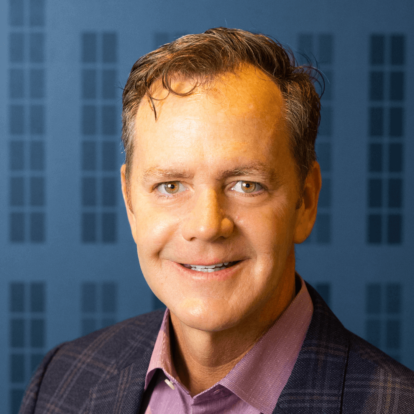
Reagan Farr
President & Chief Executive Officer

Matt Beasley
Chief Commercial Officer
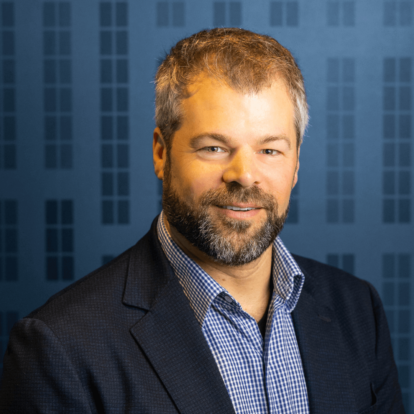
Boris Schubert
Chief Operating Officer
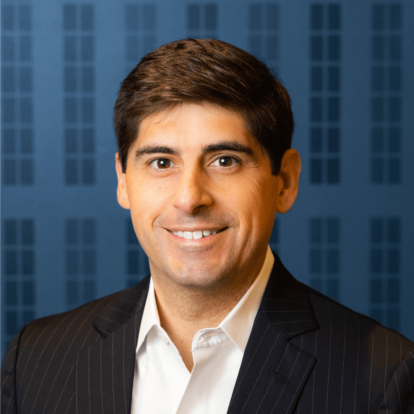
Richard Johnson
General Counsel
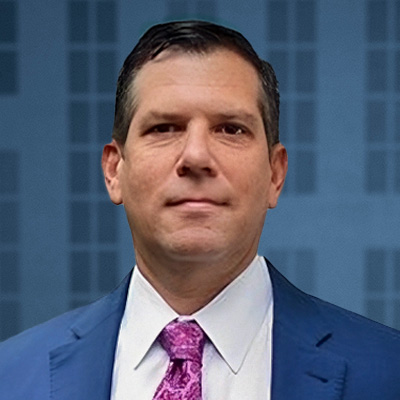
Randy Gonzales, CPA, CGMA
Chief Financial Officer
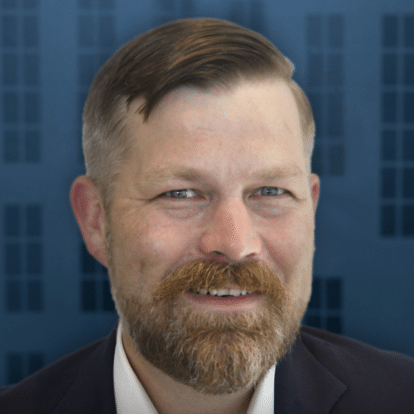
Nick de Vries
Chief Technology Officer

Andrew Katz
Executive Vice President, Strategy & Corporate Development

Jen Randolph
Senior Vice President, Human Resources

Laura Zapata
President & CEO, Clearloop
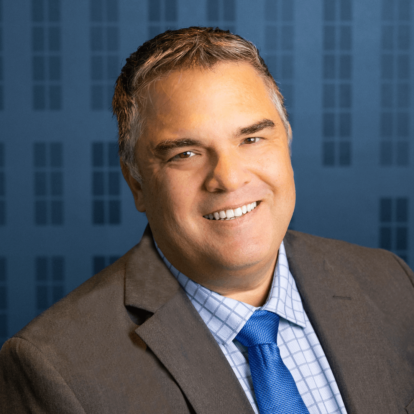
Todd Aquino
Executive Vice President, Innovation Development

John Thompson
Senior Vice President, Business Development
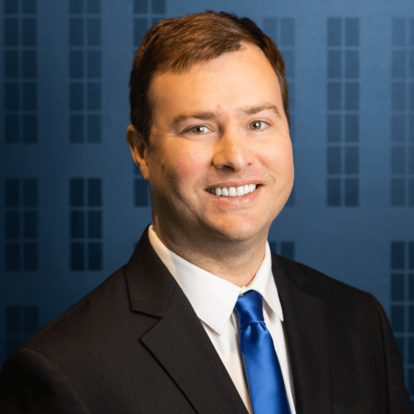
Luke Wilkinson
Senior Vice President, Project Development
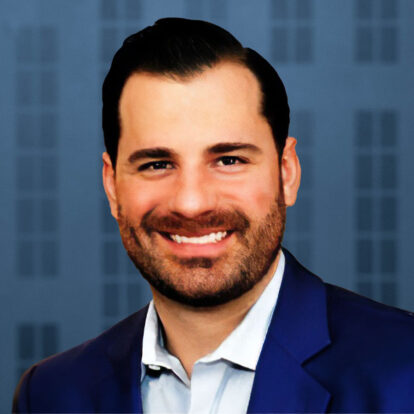
Ben Oberman
Senior Vice President, Strategic Partnerships and Customer Solutions
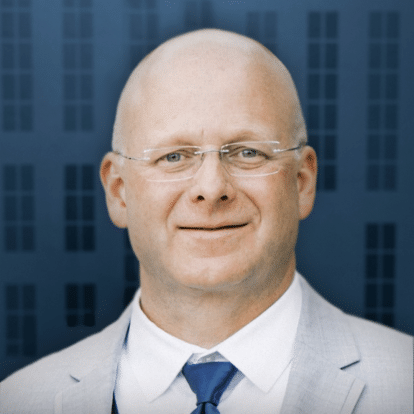
Steve Wozniak
Senior Vice President, Engineering

Gaurab Hazarika
Senior Vice President, Strategic Planning and Initiatives
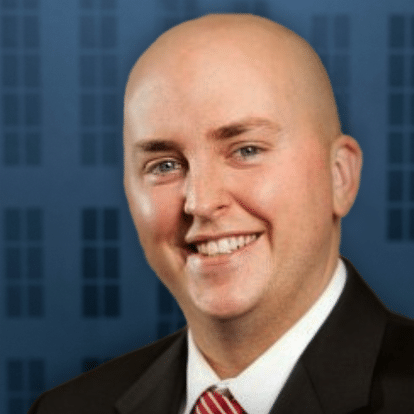
Matt Brown
Regional Vice President, Tennessee Valley
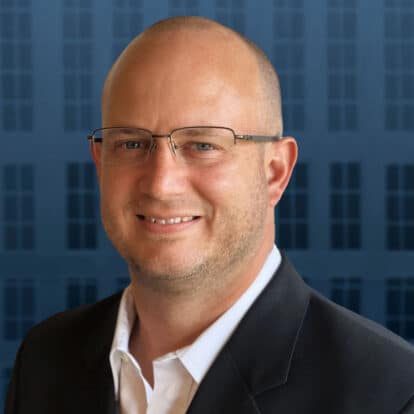
Bill Castrop
Senior Vice President, Project Delivery

Meram El Ramahi
Senior Vice President, Marketing & Communications
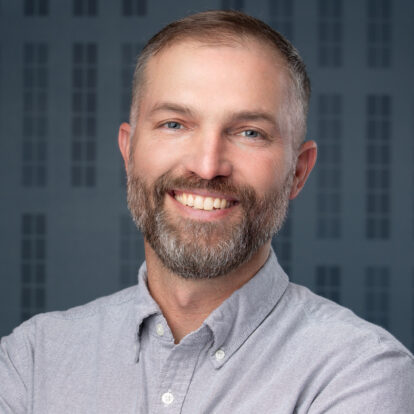
Loran Shallenberger
Vice President, Regenerative Energy & Agrivoltaics

Amanda Nichols
Senior Legal Counsel
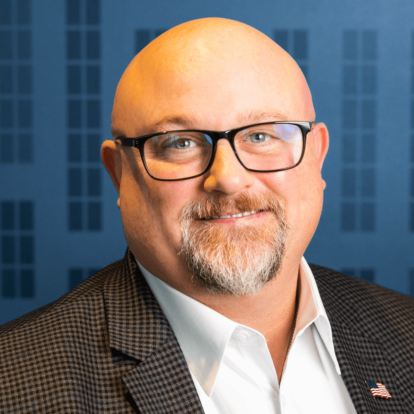
Morgan Day
Vice President, Projects
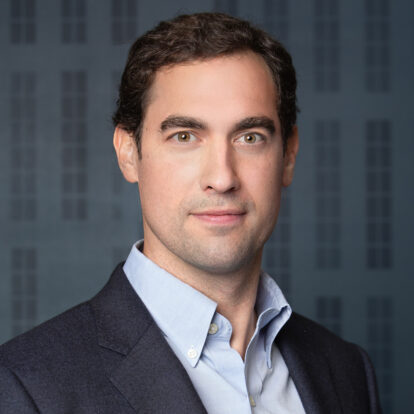
David Harper
Vice President, Project Finance

Dylan Sontag
Vice President, Operational Excellence
Board of Directors*
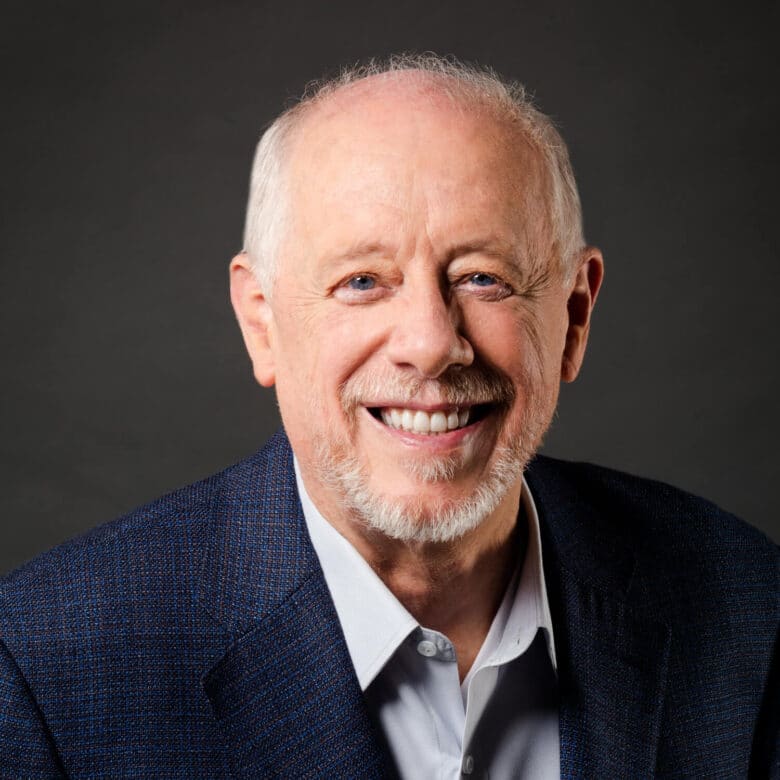
Philip Bredesen
Founding Chairman

Matt Beasley
Chief Commercial Officer
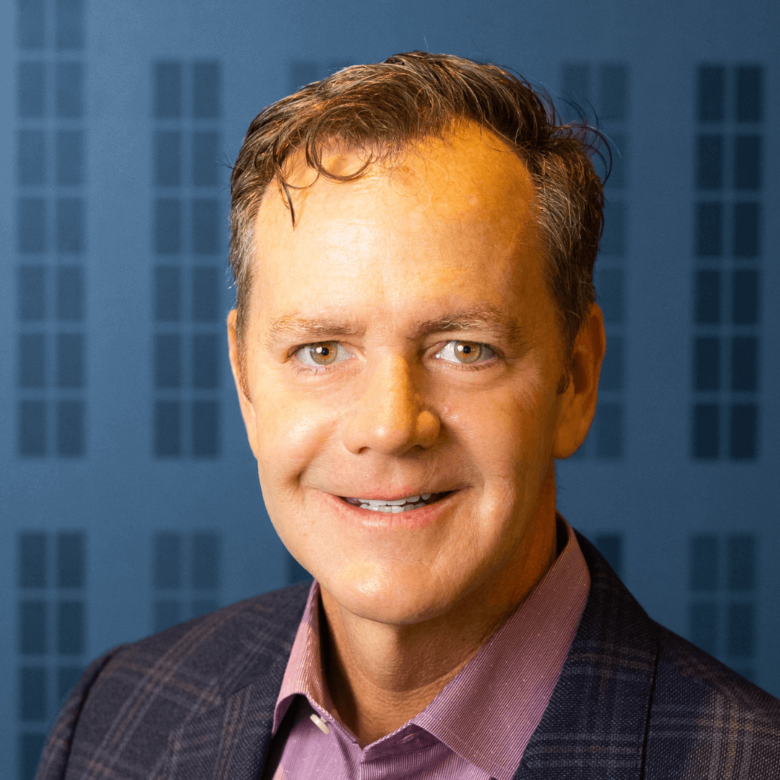
Reagan Farr
President & Chief Executive Officer
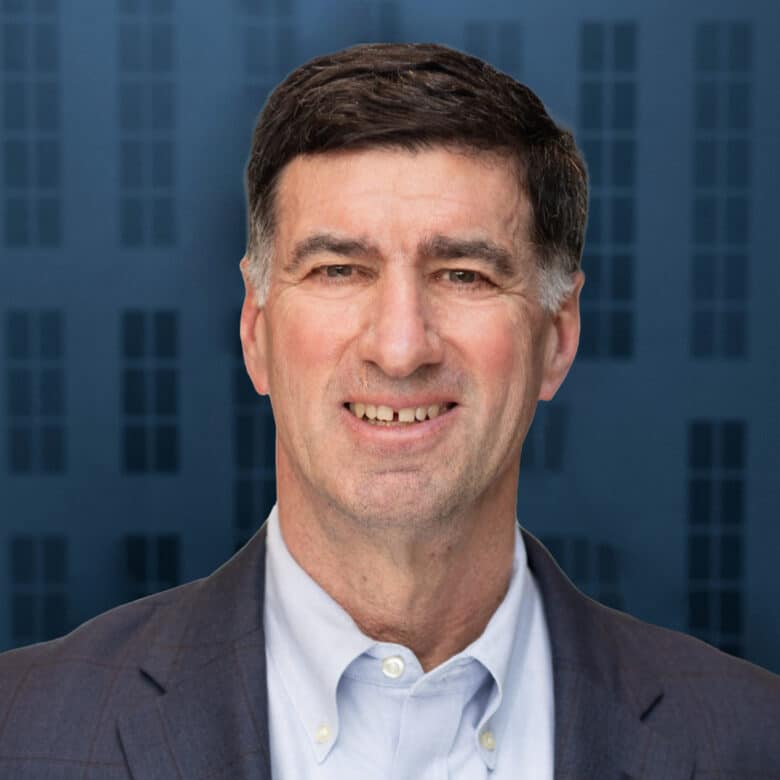
Jerry Hanrahan
Senior Advisor to John Hancock Infrastructure Fund

Lasse Helstrup
Director, Investments at AIP Management

Pradeep Killamsetty
Managing Director, Power & Infrastructure Investment Group at John Hancock Financial Services
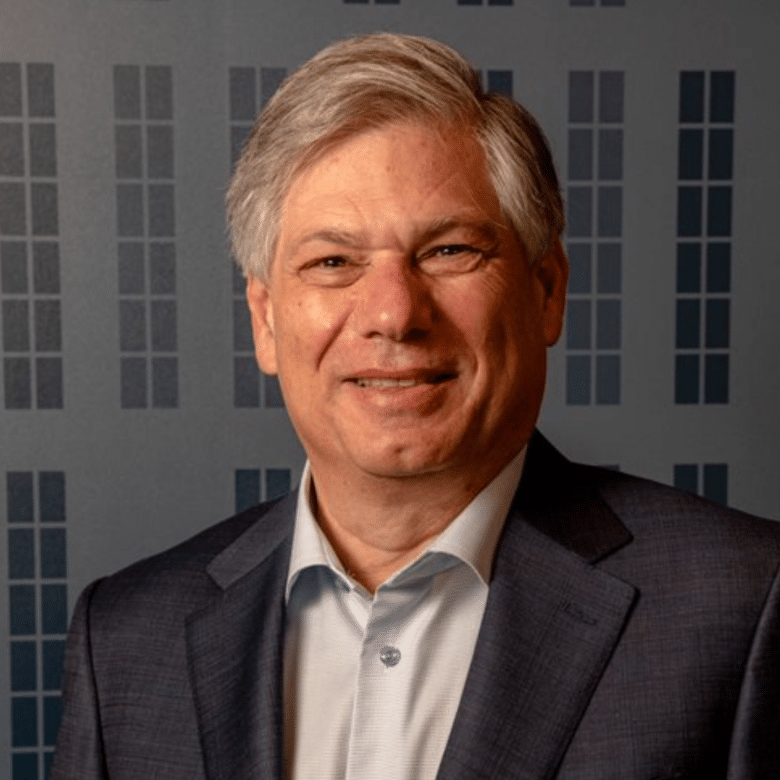
Matt Kisber
Chairman of the Board
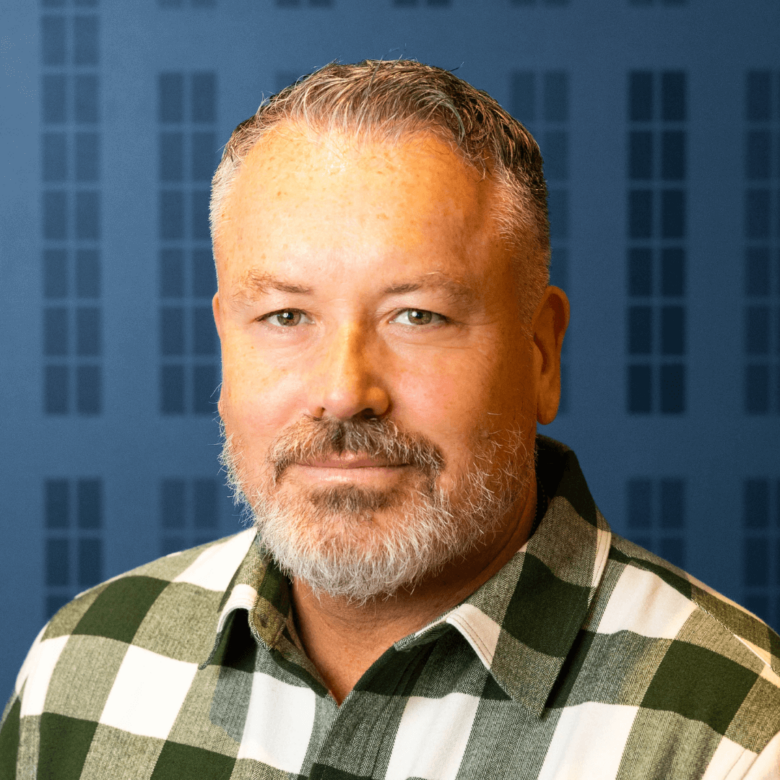
Jeff Mouland
Managing Director and Head of Global Infrastructure Investments, TD Asset Management
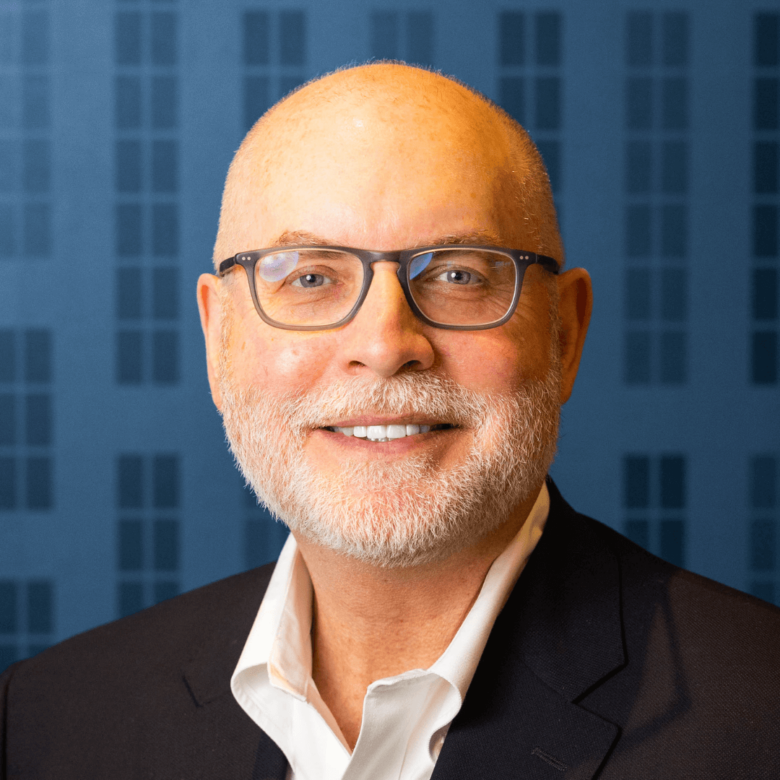
Byron W. Smith
Managing Director, Mountain Group Partners
*Note: Reagan Farr and Matt Beasley of the Management Team are also on the Company’s Board of Directors
Company Timeline
2011
Begin operations with two employees
2012
Commission first utility-scale solar farm in Tennessee history, Chattanooga Volkswagen (9.6MW)
2013
Commission first utility-scale solar farm in Georgia history, Social Circle, at the time the largest project east of the Mississippi River (39MW)
2014
Commission first utility-scale solar farm in Mississippi history, Okolona (3MW)
2015
- Commission first utility-scale solar farm in Arkansas history, Aerojet Rocketdyne (17MW)
- Pioneer deployment of US-made First Solar solar panel technology in the southeastern US
2016
Rank in Top 3 in the solar industry for funding after two equity raises in 2016
2018
- Commission first utility-scale solar farm in Alabama history, Cumberland (20MW)
- Cross 500MW of operating project solar power generating capacity and 1GW of contracted projects
2020
- Named 2020’s “Most Forward-Thinking” company by Solar Power World
- Receive Savory Institute first ever certification of solar land as ‘regenerative’
2021
- Acquire Clearloop, which helps businesses of all sizes reclaim their carbon footprint with a direct investment in building new solar projects while helping to bring renewable energy and economic development to underserved communities
- Cross 3GW of solar power generating capacity of operating, under construction, and contracted projects
- Receive first-ever approval from the Kentucky Public Service Commission Siting Board to construct a utility-scale solar farm, Turkey Creek (50MW)
- Launch first of its kind program to train and employ agrivoltaic technicians to implement both regenerative land management and solar maintenance
2022
- Commission a company-record 650+MW of new solar power generating capacity and cross 5GW of contracted projects
- Acquire first-ever solar company owned flock of sheep to restore grassland ecosystems
- Announce industry-leading partnership with SOLARCYCLE to re-use or recycle end-of-life solar modules from Silicon Ranch projects and provide first modules to SOLARCYCLE for processing
- Sign contracts with Nextracker and First Solar, emphasizing commitments to support US manufacturing and promote lower-carbon production processes
- Secure in excess of $1 billion in new equity capital to execute disciplined business plan
2023
- Produce more than 2.5 GW of solar generating capacity across 160+ projects in 15 states coast to coast
- Recognized as 2023’s #1 Top Solar Developer by Solar Power World
2024
- Named Solar Power World’s “Top Solar Developer” for the second year and #1 in Georgia for the fifth year
- Unveiled 26,000 sq. ft. lambing barn at our Houston Solar Project, enhancing genetic makeup of the national flock and held our first lambing season at the site
- Held our first public workshop in collaboration with the U.S. Department of Energy to share findings from our CattleTracker™ research program, which integrates cattle grazing with solar generation
- North American Agrivoltaics Awards names Silicon Ranch’s Houston Solar Project “North American Solar Ranch of the Year”
- Houston Solar Project is named an “Editors’ Choice Award Winner” in Solar Builder Magazine’s “Project of the Year Awards”
- First project outside the US—Scotford Solar Project—comes online in Alberta, Canada’s Industrial Heartland
Interested in a career at Silicon Ranch?
We're always searching for motivated, passionate, and talented professionals to help us fulfill our mission across North America.
